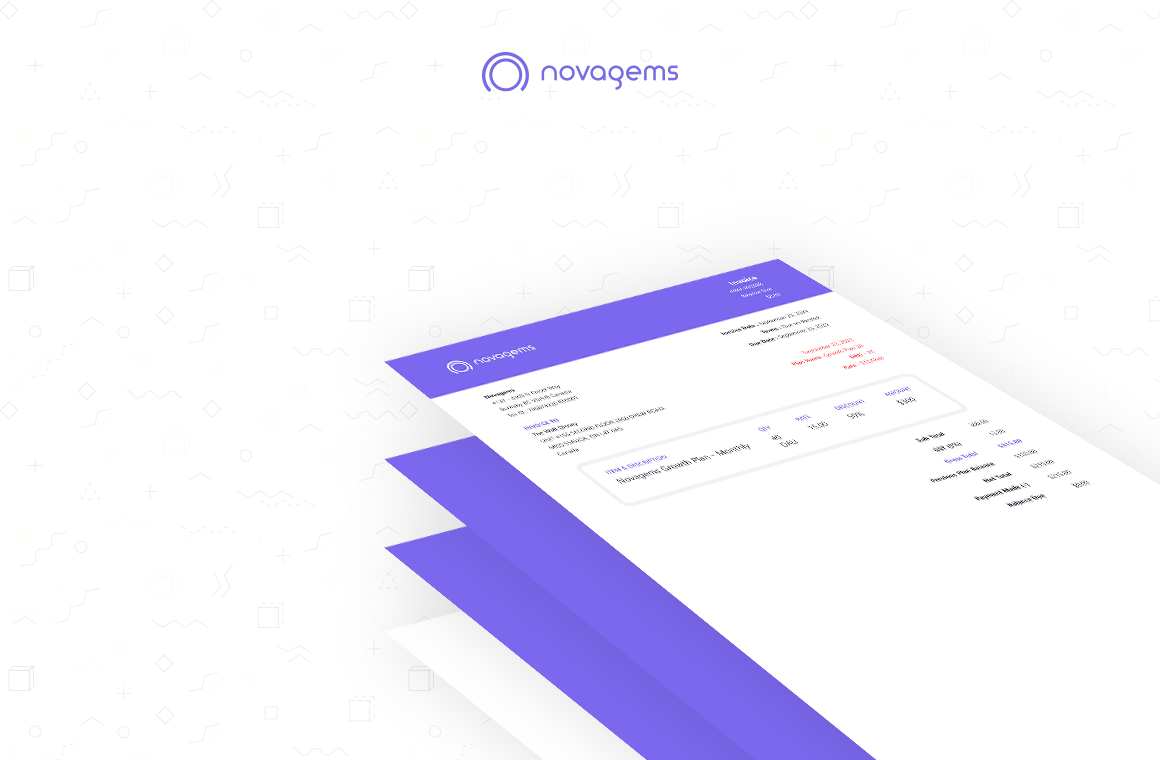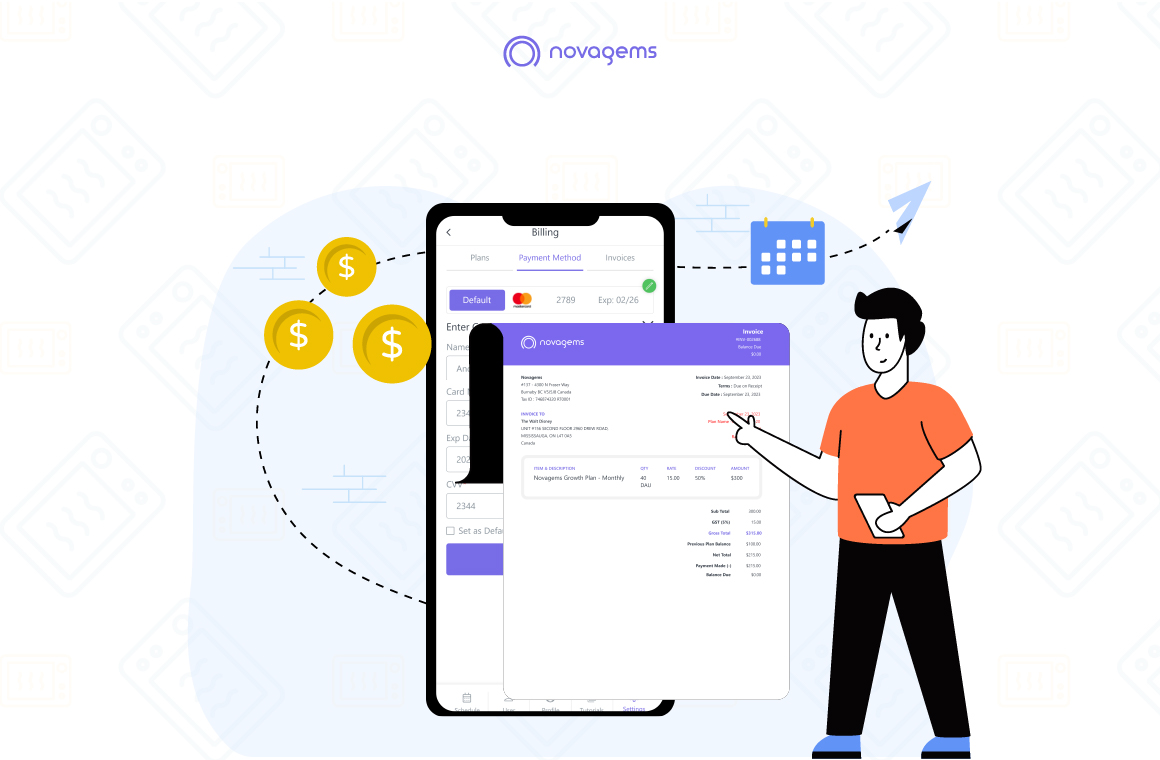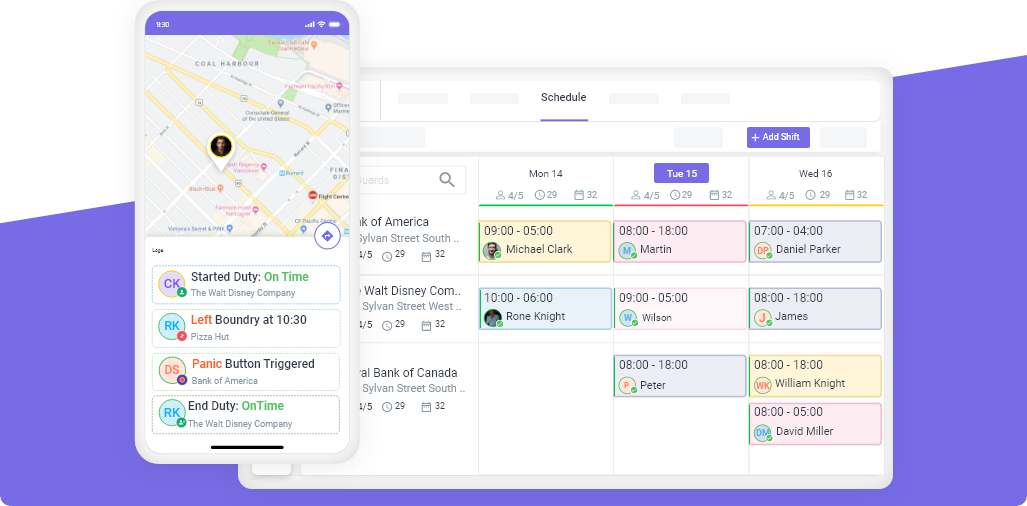Problems with Manual Guard Tour Tracking
Mon, Dec 4, 2023
Read in 4 minutes
Imagine this: your dedicated security guard is diligently making their rounds, meticulously checking each point on their assigned route. They diligently note down each inspection on a paper log, ensuring everything is secure. But what if you could ditch the paper chase and embrace a more efficient way to track their patrol?
Say goodbye to cumbersome clipboards and hello to the world of digital Guard Tour Tracking. This innovative technology streamlines the entire process. Eliminating the problems associated with manual tracking and paving the way for a safer, more secure environment. Let’s delve into the challenges of traditional methods and discover how Guard Tour Tracking can revolutionize your security approach.
Security is a critical aspect of safeguarding people and property. In the realm of security, one common practice has been manual guard tour tracking systems. While these systems have been in use for a considerable time, they come with their fair share of challenges and limitations.
The Downside of Manual Guard Tours
While manual guard tours have been the standard security practice for decades, they come with several significant drawbacks that can hinder effectiveness and efficiency. Here are the key downsides of relying on manual guard tours:
Lack of data integrity
Data loss: Paper logs are susceptible to loss, damage, or tampering, putting valuable information at risk.
Limited accessibility: Real-time data access and remote monitoring are not possible with manual systems. Hence hindering communication and collaboration.
Difficult to audit: Tracing back events and verifying information is challenging with paper logs. Which results in making audits and investigations difficult.
Limited visibility
No real-time monitoring: Traditional methods lack the ability to track guards in real-time. Limiting situational awareness and hindering prompt response to incidents.
Limited patrol verification: Without real-time location tracking, it’s difficult to verify if guards have completed their assigned patrols properly.
Poor reporting capabilities: Manual reports are static and lack the dynamic visual representations. An efficient guard tour tracking can enhance communication and understanding.
Compliance challenges
Difficult to comply with regulations: Manually tracking data often makes it challenging to comply with industry standards and regulations.
Limited evidence for incident reports: Providing detailed and accurate reports for investigations and legal proceedings is difficult with manual systems.
Inability to demonstrate effective security: Without comprehensive data and reports, it can be challenging to demonstrate the effectiveness of security measures and justify security budgets.
Issues with Traditional Guard Tour Tracking Methods
Limited Accuracy
Manual tracking, often executed with pen and paper, introduces a notable limitation in terms of accuracy. The human element in data recording opens the door to errors, misjudgments, and oversights. Whether it’s logging patrol times, marking checkpoints, or recording incidents, the manual process is inherently prone to inaccuracies. It’s like navigating with an outdated map, where deviations from the intended path can occur due to errors in recording.
Time-Consuming Processes
A significant drawback of manual tracking lies in the time-consuming nature of the process. Security personnel, responsible for patrolling and maintaining a vigilant presence, find themselves spending valuable time on recording their movements manually. This diverts attention from more proactive security measures, slowing down the overall responsiveness of security operations. It’s akin to relying on traditional mail services when the situation demands the instantaneous communication offered by modern messaging platforms.
Lack of Real-Time Updates
Manual tracking systems lack the capacity for real-time updates. In a field where immediate response to incidents is crucial, the delay caused by manual reporting can have significant consequences. Security personnel might encounter incidents during patrols. But the inability to report them instantly compromises the swift reaction necessary to address emerging threats. It’s like having a security camera that only captures footage after an incident has already taken place, missing the crucial moments.
Difficulty in Data Analysis
Analyzing data from manually tracked patrols presents another limitation. Extracting meaningful insights, identifying patterns, or conducting comprehensive trend analyses becomes a cumbersome process. The manual nature of data collection hinders the efficiency of data analysis, akin to attempting to solve a complex puzzle with missing pieces. The result is a lack of actionable intelligence for informed decision-making.
Exploring Solutions for Guard Tour Tracking Issues
Transition to Digital Tracking Solutions:
Embracing digital tracking solutions presents a strategic response to the limitations of manual methods. Digital systems leverage technology to provide accurate and real-time tracking, mitigating the challenges associated with manual recording. It’s like upgrading from a manual typewriter to a cutting-edge computer, enhancing precision and efficiency in tracking.
Automated Checkpoint Verification:
Digital solutions often feature automated checkpoint verification, ensuring consistent monitoring of designated points. This not only addresses reliability issues related to manual tracking but also reduces the likelihood of missed checkpoints. It’s like having a digital assistant confirming each step of the patrol, enhancing overall accuracy.
Enhanced Reporting Capabilities:
Digital tracking systems facilitate real-time incident reporting through mobile devices. This ensures prompt communication of incidents, enabling swift responses. It’s like having a direct hotline for immediate assistance. A crucial element for effective security management during critical situations.
Conclusion
In conclusion, the drawbacks and limitations of manual tracking underscore the necessity for a digital evolution in security operations. The transition to advanced tracking solutions not only addresses the challenges posed by manual methods but also propels security measures into a realm of accuracy, efficiency, and real-time responsiveness.
Get a Free Trial
Sign up For Newsletter
Latest Blog Posts
Get Started
Start being productive & grow your business
with Novagems




